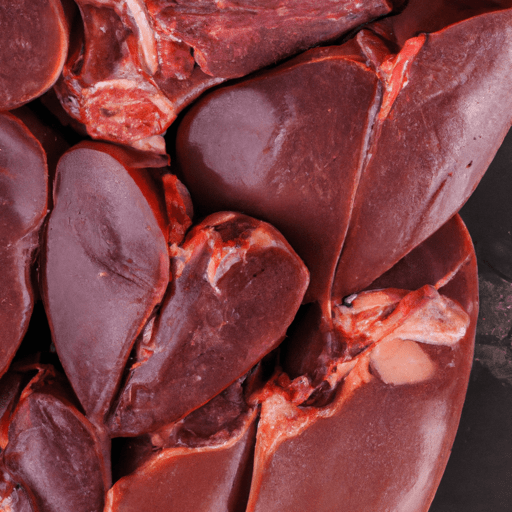Exploring the World of Beef Heart: A Nutrient-Packed Delicacy
When it comes to organ meats, the beef heart often goes overlooked. But this underappreciated cut of meat is a true treasure waiting to be discovered. With its rich flavor, versatile nature, and impressive nutritional profile, beef heart deserves a place in your culinary repertoire. In this blog post, we’ll take a closer look at beef heart, including its taste, common uses in cooking, nutritional value, and some interesting history and facts. Let’s dive right in!
A Flavorful Adventure
Beef heart, like many organ meats, has a distinct taste that sets it apart from other cuts. It boasts a robust, beefy flavor that is slightly more intense than regular beef. Some describe it as similar to sirloin or lean steak, but with a hint of gaminess. When cooked properly, it becomes melt-in-your-mouth tender, making it a delight for gastronomes seeking unique and rich flavors.
Versatility in the Kitchen
One of the appealing aspects of beef heart is its remarkable versatility in the kitchen. While it can be the star of the show in certain dishes, it also shines when incorporated into various recipes. Sliced thin, it can be used in stir-fries, fajitas, or kebabs. When ground, it adds depth and complexity to burgers, meatballs, and even tacos. Its versatility knows no bounds, and creative cooks can experiment with it in countless ways.
A Nutritional Powerhouse
Beyond its gastronomic allure, beef heart packs a nutritional punch. This lean organ meat is endowed with a treasure trove of essential nutrients. It is an excellent source of high-quality protein, vitamins, and minerals. Plus, it contains significantly less fat than other prime cuts of beef, making it an appealing choice for health-conscious individuals. In particular, beef heart is an exceptional source of iron, zinc, thiamin, riboflavin, and vitamin B12, which are vital for energy production and overall well-being.
Unveiling History and Fun Facts
Throughout history, beef heart has been valued in various culinary traditions around the world. In South America, it is a key ingredient in the famous Peruvian delicacy, Anticuchos. These savory skewers showcase beef heart marinated in a flavorful blend of spices and grilled to perfection. This traditional dish has been enjoyed for centuries and continues to be a beloved street food.
Interestingly, consuming organ meats like beef heart was a way for our ancestors to make use of the whole animal, minimizing waste and maximizing nutrition. In recent years, there has been a resurgence of interest in nose-to-tail eating, highlighting the importance of utilizing every part of the animal as a sustainable and ethical practice.
Time to Embrace Beef Heart
With its unique flavor, versatility in the kitchen, and noteworthy nutritional value, beef heart is a culinary gem worth exploring. Don’t be afraid to venture beyond your culinary comfort zone and give this underrated cut a chance. Whether you savor it in a traditional dish or get creative with new recipes, beef heart promises an unforgettable dining experience. So, next time you’re feeling adventurous, head to your local butcher and embark on a flavorful journey with beef heart!
Beef Heart
- Origin: Beef heart is a culinary term that refers to the heart of a cow, specifically the heart muscle.
- Common Uses: Beef heart is used in various cuisines around the world. It is often braised, grilled, or roasted. In Latin American cuisine, it is commonly used in dishes like anticuchos (grilled skewers) and corazón de res al estilo peruano (Peruvian-style beef heart). In Asian cuisine, it is used in stir-fries and hot pots.
- Nutritional Benefits: Beef heart is a nutrient-rich organ meat. It is an excellent source of protein, vitamins, and minerals. It is particularly rich in iron, zinc, vitamin B12, and riboflavin. It also contains essential amino acids and is relatively low in fat compared to other cuts of meat.
- Unique Properties: The beef heart muscle is a dense and flavorful muscle. It has a lean, firm, and slightly fibrous texture. Due to its special properties, beef heart is often marinated to impart additional flavors and tenderize the meat.
- Historical Significance: Heart has been consumed as a food source by various cultures for centuries. In ancient times, heart meat was considered a sacred food in some civilizations and was even used in religious rituals. It continues to have cultural significance in many cuisines, showcasing the versatility and resourcefulness of traditional cooking practices.




Use the share button below if you liked it.
It makes me smile, when I see it.